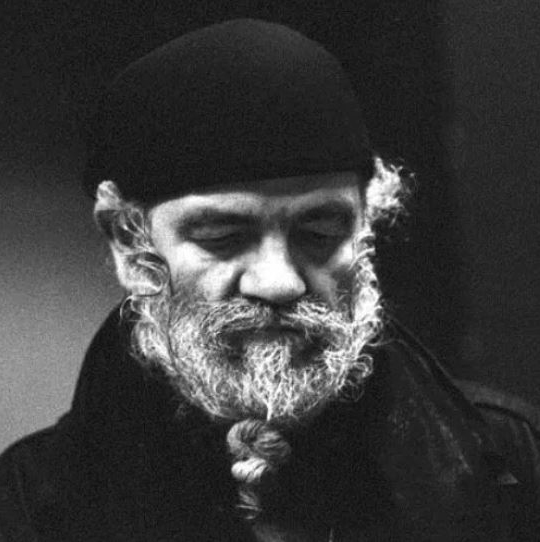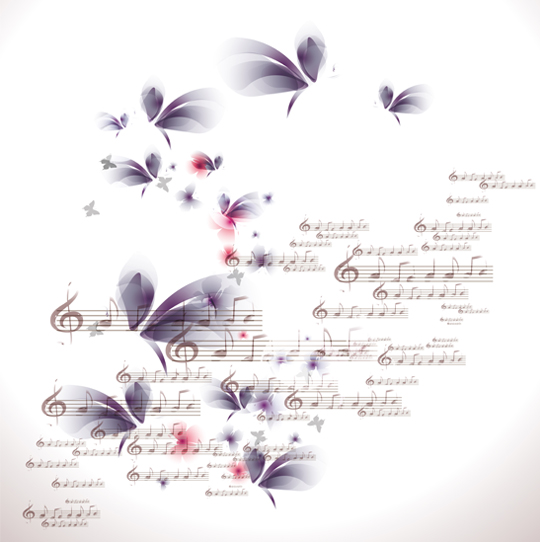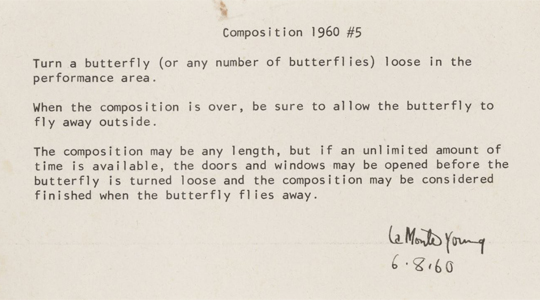
EVENTS
THE MUSIC OF BUTTERFLIES
THE MOUNT YOUNG: TRANSCENDING THE LIMITS OF HUMAN HEARING
Minimalist music is acurrent of contemporary music that emerged in the 1960s in the United States, which represents an important part of classical music in that country. Conceived as an underground movement in the alternative spaces of San Francisco, it soon began to be heard in the lofts of New York, until it became the most popular style of experimental music of the twentieth century.
THE FATHER OF MINIMALISM

La Monte Young (Bern, 1935) is an American composer and musician, considered the father of "minimalism". His works, described as "avant-garde", "drone music" or "experimental music" exhibit a radicalism that questions the nature and definition of music itself.
"The first sound I remember hearing
heard was the wind blowing through the cracks
through the cracks and around the hut where I was born.
cabin where I was born. It was breathtaking,
beautiful and mysterious.
COMPOSITION 1960 ♯ 5
La Monte Young's 1960 compositions are pioneers of "conceptual art". In fact, they were quite a social statement, inspired in part as an irreverent response to the academic concert atmosphere of the time.
1960 ♯ 5 was conceived and inspired by the flight of a butterfly on the summit of Mount Tamalpais during the summer of 1960, which would captivate the artist's imagination.
"I was certain that butterflies make sounds;
not only with the movement of their wings, but also with the oscillation of their bodies...
with the swaying of their bodies... And unless someone dictates how loud or how soft the sounds should be, they should be
someone dictates how loud or how soft the sounds should be, they should be allowed in the realm of music.
of music. The sound of the butterfly is music."

THE PARTITURE

The 1960 score ♯ 5 reads as follows:
"Release a butterfly (or several butterflies) at the performance site. At the conclusion of the performance, we will make sure that the butterfly has been able to go outside. The composition may be of any length, but if limited time is available, doors and windows may be opened before the butterfly is released, with the concert concluding when the butterfly exits."
"Wouldn't it be wonderful if someone would listen to
something that is normally supposed to be
only be looked at?"
PERFORMANCE
After decades of ostracism, the 1960 composition ♯ 5 was first performed in March 2004, nearly half a century after its creation, by the Digital Music Ensemble of Michigan under the direction of Stephen Rush.
In the words of the director,
"The butterfly flew gracefully over the stage, landing subtly on the Farfisa organ. For a few seconds it fluttered over the organ in "prestissimo" time. Later, it took flight again over the auditorium until it disappeared into the horizon."

THE RECORDING

The audio recording of the concert with 21st century technology finally deciphered the enigma. And, indeed, the recording revealed that the butterfly vibrated and emitted sounds with a characteristic harmony and rhythm, but on a sound plane that is unintelligible to the human ear. Its musicality therefore transcends human art, being, nevertheless, and for many, music in itself.
Albert Einstein one day asked his fellow physicist and friend Niels Bohr, one of the founding fathers of quantum mechanics, if he really believed that "the moon does not exist if no one is looking at it." To this, Bohr replied that no matter how hard he tried, he could never prove that it does, turning the guess into an infallible conjecture, one that can neither be proved nor disproved.
Like the music of butterflies, perhaps all enigmas are inextricably interwoven in time, whose measure, elusive as it is, remains for human beings one of the great mysteries to be solved.
OTHER PUBLISHERS
RESIDING IN A TOTEM OF LIGHT
The opening in 2023 of this unique landmark building in downtown Vancouver will make the "Mariposa" a beacon of reference.
THE AUTOPHAGY OF DECADENCE
What would Van Gogh's painting be without its vibrant colors? And what would our current image be without its decorative and virtual appearance?
4D HYDROLIFTING
Perhaps, and only perhaps, if Oscar Wilde had lived in the 21st century, witnessing the advances of today's cosmetics, his novel "The Picture of Dorian Gray" would have had a very different outcome.



